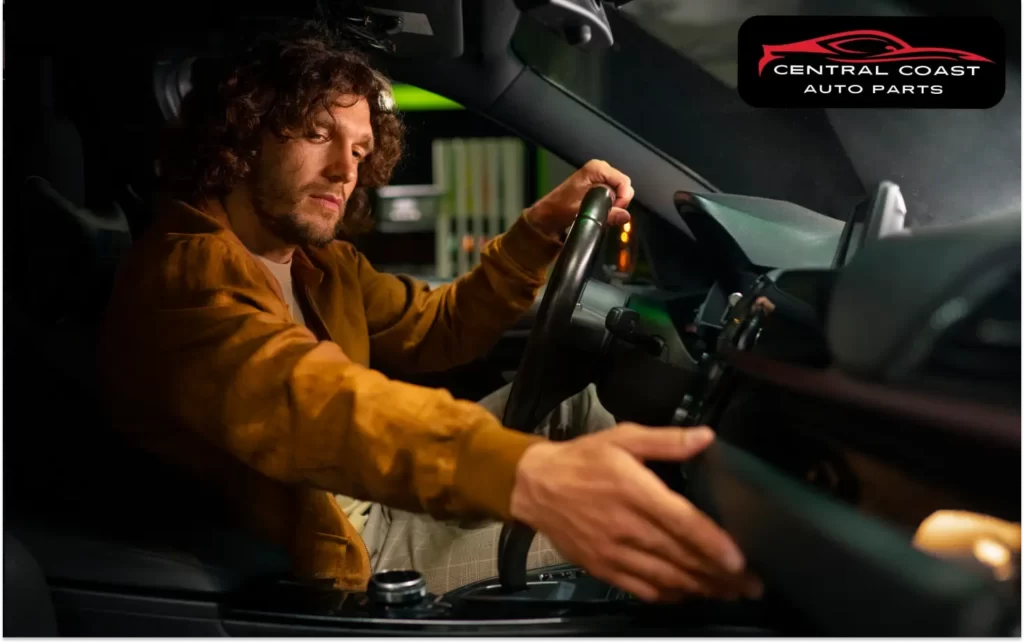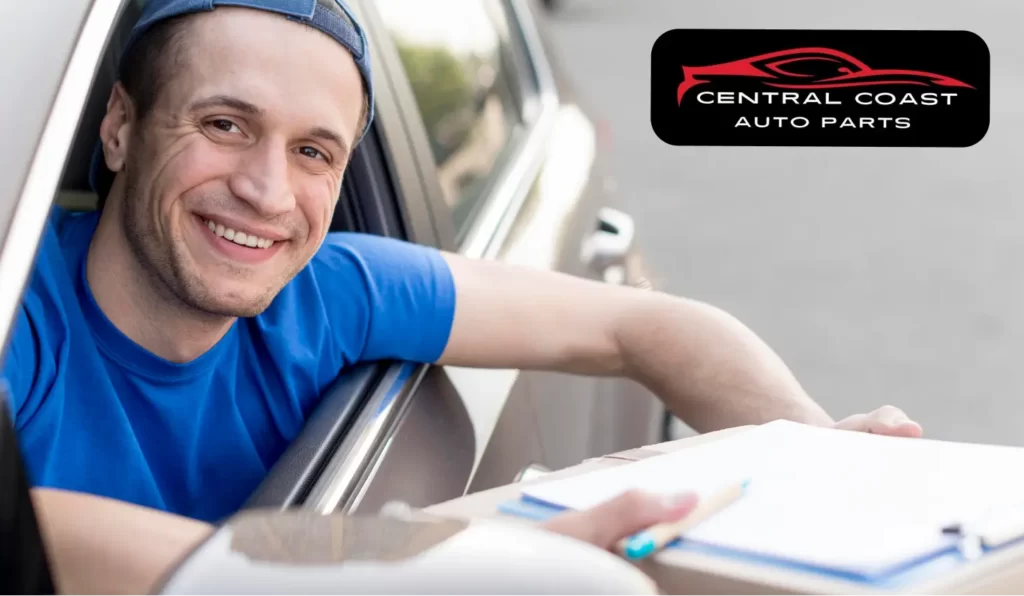Restoring classic cars is more than a hobby; it’s a dedication to preserving history and craftsmanship. For classic car enthusiasts, every component plays a vital role in bringing their beloved vehicles back to life. One resource stands out in this restoration journey—used car parts. Here’s why these parts are indispensable in classic car restoration projects.

Preserving Authenticity and Originality
When restoring a classic car, maintaining authenticity is paramount. Original parts preserve the unique design and engineering features that make these cars special.
The Value of Original Parts
Used parts from the same era ensure the restoration reflects the vehicle’s original state. These parts retain the craftsmanship, materials, and detailing that modern reproductions often lack.
Why Aftermarket Parts Fall Short
Aftermarket parts, while readily available, often fail to match the exact specifications of vintage components. They may alter the vehicle’s performance, aesthetics, or value.
Cost-Effectiveness in Restoration Projects
Restoring a classic car can be a costly endeavor, especially when sourcing rare parts. Used components offer a more affordable solution.
Lower Costs Without Compromising Quality
Used parts are typically less expensive than new reproductions or custom-made components, allowing restorers to allocate their budgets more effectively.
A Budget-Friendly Approach
Whether you’re replacing a worn-out gearbox or a damaged bumper, finding used parts can significantly reduce restoration costs without sacrificing quality.
Sustainability in Classic Car Restoration
In today’s environmentally conscious world, using used car parts aligns with eco-friendly principles.
Reducing Waste
By repurposing existing components, restorers minimize waste and extend the lifespan of parts that would otherwise end up in landfills.
Lowering Carbon Footprint
Manufacturing new parts consumes energy and resources, contributing to carbon emissions. Reusing existing parts is a sustainable choice that benefits the planet.
Access to Rare and Hard-to-Find Parts
Many parts for classic cars are no longer in production, making used parts the only viable option.
Sourcing Rare Components
Specialized auto wreckers, vintage car shows, and online marketplaces provide a treasure trove of rare components.
The Thrill of the Hunt
For many enthusiasts, the process of locating rare parts is part of the joy of restoration. It’s a rewarding experience that combines research, networking, and patience.
Fostering Community and Connection
Restoring classic cars often brings enthusiasts together, creating a strong sense of community.
Building Relationships
Whether it’s through attending swap meets, participating in online forums, or visiting local auto wreckers, enthusiasts often bond over their shared passion for vintage cars.
Knowledge Sharing
The exchange of restoration tips, advice, and parts fosters collaboration and keeps the culture of classic car restoration alive.
Challenges of Using Used Parts
While used parts offer many advantages, they do come with challenges.
Ensuring Quality
Not all used parts are in pristine condition. Careful inspection and verification are essential to avoid investing in components that may not function as intended.
Finding Trusted Suppliers
Working with reputable suppliers or auto wreckers ensures you’re purchasing authentic and reliable parts.
Conclusion
Classic car restoration is a labor of love that combines passion, skill, and patience. Used car parts play a crucial role in this journey, offering authenticity, affordability, and sustainability. For enthusiasts, these parts are more than just components; they’re a link to the past and a testament to the timeless appeal of classic automobiles.





